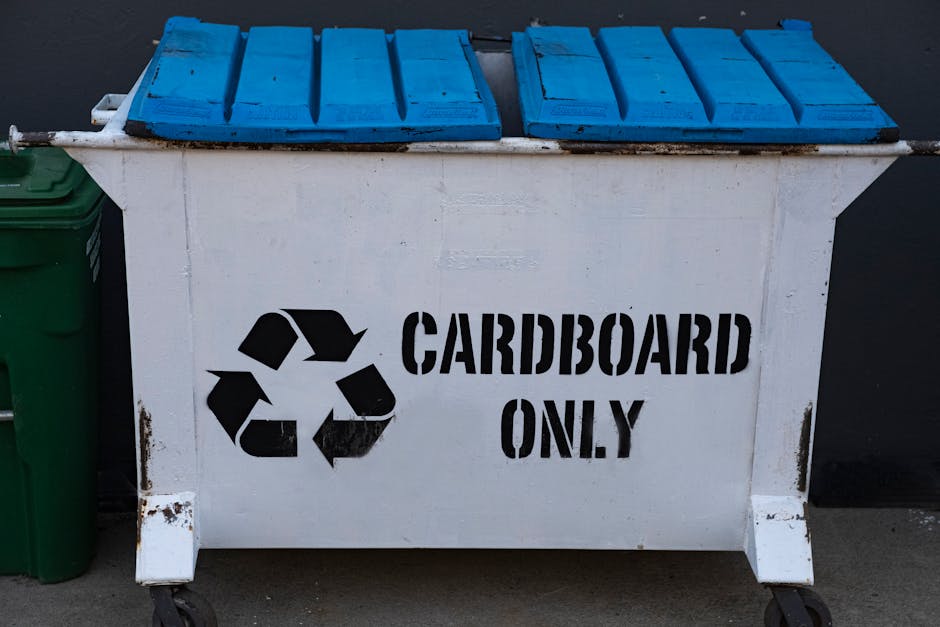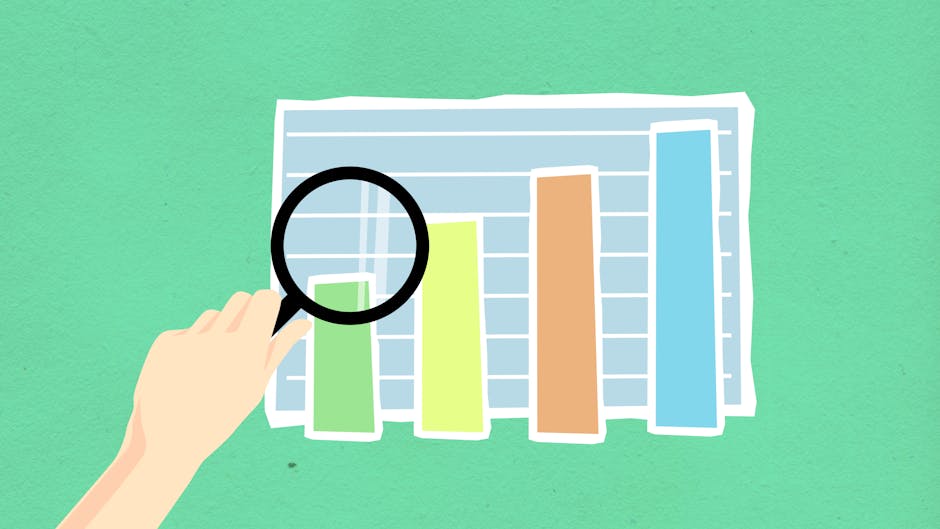Revolutionizing Office Recycling: 7 Innovative Strategies to Boost Sustainability
“Learn how to revolutionize your office recycling program with 7 innovative strategies. From conducting waste audits to implementing gamification, this guide provides practical tips to boost sustainability and engage employees in eco-friendly practices. ”

Revolutionizing Office Recycling: 7 Innovative Strategies to Boost Sustainability
In today's environmentally conscious world, implementing an effective office recycling program is not just a nice-to-have – it's a necessity. As businesses strive to reduce their carbon footprint and promote sustainability, recycling in the workplace has become a crucial aspect of corporate social responsibility. This article explores seven innovative strategies to revolutionize your office recycling efforts, boost employee engagement, and create a more sustainable work environment.

1. Conduct a Comprehensive Waste Audit
Before implementing any recycling program, it's essential to understand your office's waste generation patterns. Conducting a thorough waste audit provides valuable insights into the types and quantities of waste produced, helping you tailor your recycling initiatives effectively.
How to conduct a waste audit:
- Collect and sort waste from different areas of the office over a set period (e.g., one week)
- Categorize waste into recyclables, compostables, and non-recyclables
- Weigh each category and calculate percentages
- Identify opportunities for waste reduction and improved recycling
By analyzing the results, you can pinpoint areas where recycling efforts can have the most significant impact and design targeted strategies to address specific waste streams.
2. Strategically Place Recycling Stations
One of the most effective ways to encourage recycling is by making it convenient for employees. Maximizing office space utilization includes strategically placing recycling stations throughout the workplace.
Tips for optimal recycling station placement:
- Position bins in high-traffic areas such as near printers, in break rooms, and along main corridors
- Ensure recycling bins are no more than 10-15 steps away from any workstation
- Use clear, consistent signage to indicate what items go in each bin
- Consider using color-coded bins for different recyclables (e.g., blue for paper, green for glass)
By making recycling easily accessible, you remove barriers and increase the likelihood of participation among employees.
3. Implement Clear and Engaging Signage
Clear communication is key to a successful recycling program. Implement eye-catching and informative signage to educate employees about proper recycling practices and reduce confusion.
Effective signage strategies:
- Use simple, easy-to-understand language and icons
- Include examples of what can and cannot be recycled in each bin
- Consider using digital displays to share recycling tips and updates
- Rotate signage periodically to maintain engagement and reinforce best practices

4. Gamify the Recycling Process
Introducing an element of fun and competition can significantly boost employee engagement in recycling efforts. Gamification can transform a mundane task into an exciting challenge that motivates staff to participate actively.
Ideas for gamifying office recycling:
- Organize inter-department recycling competitions with prizes for the top performers
- Set up a points system where employees earn rewards for consistent recycling
- Create a recycling leaderboard to showcase top contributors
- Host "recycling trivia" events to educate and entertain simultaneously
By making recycling enjoyable, you're more likely to see sustained participation and improved results over time.
5. Establish a Green Team
Creating a dedicated group of environmentally conscious employees can help drive your recycling initiatives forward. A Green Team can serve as ambassadors for your sustainability efforts, educating colleagues and implementing new ideas.
Roles of the Green Team:
- Organize recycling awareness campaigns
- Conduct regular audits of recycling practices
- Research and propose new sustainability initiatives
- Act as a liaison between management and employees on environmental issues
Empowering employees to take ownership of recycling efforts can lead to more innovative solutions and greater buy-in across the organization.
6. Partner with Local Recycling Organizations
Collaborating with local recycling facilities and environmental organizations can provide valuable resources and expertise to enhance your office recycling program.
Benefits of partnerships:
- Access to specialized recycling services for hard-to-recycle items
- Educational workshops and materials for employees
- Potential for joint sustainability initiatives and community outreach
- Up-to-date information on local recycling regulations and best practices
These partnerships can help you expand the scope of your recycling efforts and ensure that your program aligns with local environmental goals.
7. Measure and Communicate Results
To maintain momentum and demonstrate the impact of your recycling program, it's crucial to track progress and share results with employees regularly.
Effective ways to measure and communicate recycling success:
- Use data from waste audits to set baseline metrics and track improvements
- Share monthly or quarterly reports on recycling volumes and diversion rates
- Highlight the environmental impact of recycling efforts (e.g., trees saved, energy conserved)
- Celebrate milestones and recognize top contributors

By providing tangible evidence of the program's success, you can reinforce the importance of recycling and motivate continued participation.
Conclusion
Implementing an effective office recycling program requires a multifaceted approach that combines education, convenience, and engagement. By adopting these seven innovative strategies, you can create a culture of sustainability that not only reduces waste but also improves the workplace experience for your employees.
Remember, successful recycling initiatives are an ongoing process. Continuously seek feedback, adapt your strategies, and stay informed about new recycling technologies and best practices. With commitment and creativity, your office can become a model of environmental responsibility, contributing to a greener future for all.